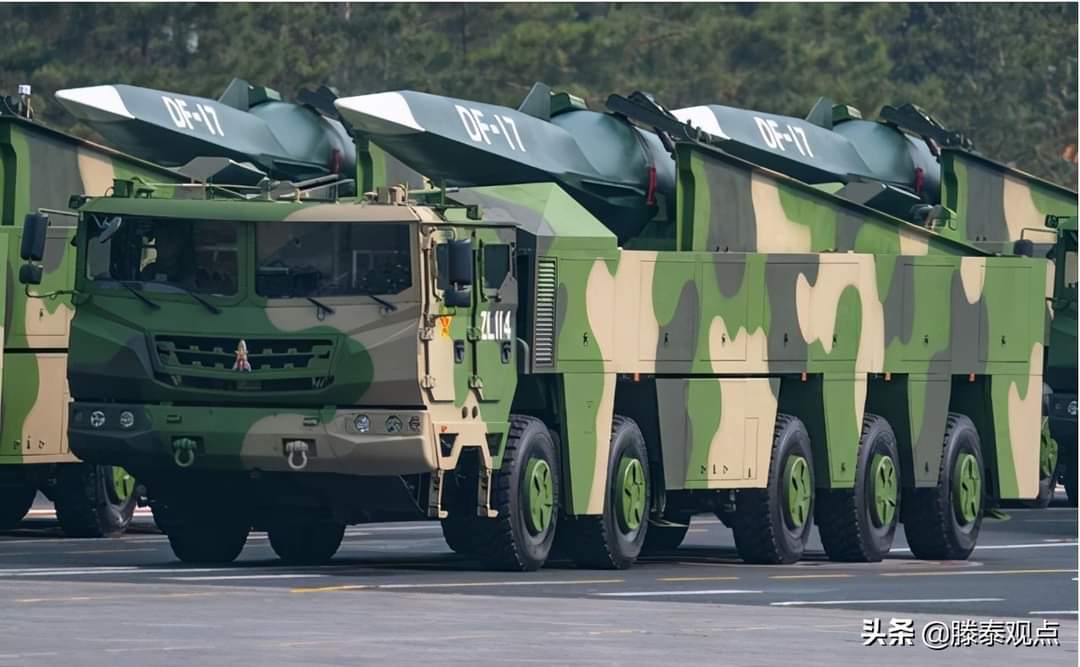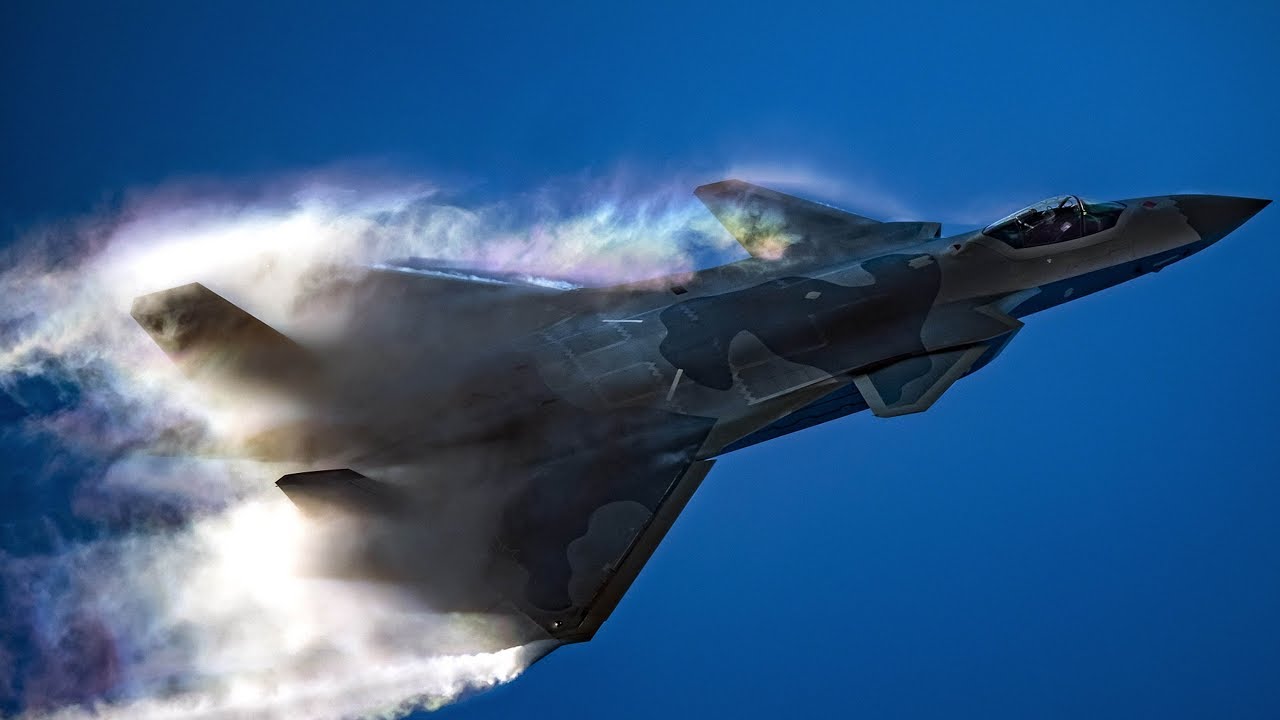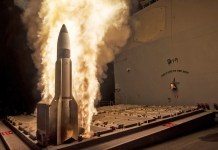At the zenith of geopolitical and military rivalry between the United States (US) and China that has led observers to believe that the two could be involved in an armed confrontation someday, the US official overlooking the military acquisitions has made shocking revelations.
Deputy Assistant Secretary of the US Air Force for Acquisition Major General Cameron Holt recently issued a stern warning in light of China’s tremendous advancements in defense acquisition, which have led to its military receiving new equipment “five to six times” faster than the United States.
The warning from the top defense official is the latest for the US, which has received several assessments from observers, experts, and officials regarding an outdated acquisition and modernization process that has allowed China to leave the largest military behind in the acquisition race.
Major General Holt, speaking at the Government Contracting Pricing Summit, suggested that Pentagon needs to urgently overhaul the way it approaches putting new weapons into use.
At the same time, China seems to be jockeying for the lead in developing advanced military technologies as part of its larger drive to become a dominant strategic power.
Earlier, Mike Griffin, the first Under Secretary for Research and Engineering, revealed a comparison of invention time in 2018 and found that it takes the US sixteen years on average to bring an idea to operational capability, compared to less than seven years for China.
He cited China’s testing of many hypersonic attack vehicles over the past ten years and the high success rate. This grim research suggests that China completes two and a quarter development and fielding cycles for every turn made by the US.

It is alarming when seen alongside the stakes for the US, especially in the Indo-Pacific region, a theatre of potential future conflict between the two sides. Besides, top Pentagon officials and American commanders in the Indo-Pacific have stated that China could very soon outmatch the US military in the region.
The US Is Still In The Cold War Era
According to Holt, the Chinese are not just acquiring new weaponry at incredible speed, but they are also functioning far more effectively. He informed his audience that, in terms of purchasing power parity, they pay around one dollar to our twenty dollars to get to the same capabilities.
If we can’t figure out how to lower the cost and speed up our defense supply chains, we’re going to lose, said Holt.
He further explained that the main reason America cannot compete with China in this area is its purchase of the defense supplies, logistics, and support that its military requires. The actual problem in the United States lies in resourcing and oversight.
“If we don’t change our resourcing system, none of the rest of it matters,” Holt said. He contends that the current model is based on the one that worked wonders in the Cold War era but is a big fail in the 21st century. He laments the kind of centralized power that controls the entire budgeting to implementation of the program process.
Those in charge of the budgets have the power to intervene at any point in a program and, depending on their opinion of how money should be distributed, completely alter its course. Therefore, even if a weapons program, for instance, advances swiftly in its first stages, financing decisions made later on may prevent it from reaching the troops as quickly as it otherwise might.
Even if Congress agrees to provide a new program with a set amount of funding, the Pentagon still has the power to reallocate funds, thus thwarting the possibility of exciting innovations in favor of keeping financing for legacy projects.
“We also have gotten a very centrally and micromanaged system of appropriations that have served the Cold War well,” Holt said. “In today’s environment, it is absolutely going to kill us.”
Holt instead advocates for the “cash flow” model, which allows for some Pentagon funding movement but aims to give Congress more oversight over the procedure and the ability to step in more quickly. It would ensure a system of more checks and balances and a more decentralized functioning, eliminating micro-management.
In the end, the defense acquisition architecture in place today was designed to field technologies and capabilities known four years in advance. As a result, their utility in the quick-changing world of today, where new technology quickly replaces outdated ones, is limited or diminished. China has accepted this truth, but the American system has so far been unable to do the same.

Acquisition Talk had explained this in a previous analysis by comparing the development models of the F-35 and J-20, the fifth-gen fighter jets of the US and China. The US chose a protracted waterfall development and testing strategy and a model of trying long-term predictive requirements for the F-35, whereas China preferred iterative techniques.
After the J-20’s first flight in 2011, China came up with nine visually significant upgrades within five years. Even as mission systems were being modified by March 2017, the first operational J-20 was deployed to a front-line unit ahead of schedule.
China Could Outmatch The US Military
To make sense of Chinese defense spending since 2000 by service across many areas like personnel, operations, maintenance, and procurement, the US-based Long Term Strategy Group (LTSG) research group undertook a multiyear, open-source project, as previously reported by Politico.
The findings revealed a 20-year annual inflation-adjusted increase of around 10% in Chinese defense spending. At that rate, the PLA’s yearly purchases cash value is expected to surpass that of the US military by 2024. The value of US procurement in 2000 was 6.67 times that of PLA, and by 2019, it was only 1.42 times.
The United States will no longer be able to claim to have the most technologically advanced combat force in the world in total inventory value by roughly 2030 if, as predicted, the PLA’s annual procurement value surpasses that of the US military by 2024.
According to the LTSG assessment, the US has spent far more on operations and maintenance (O&M) than on purchasing new systems in the past two decades. In contrast, the Chinese allocation places procurement up the lead, with O&M and staff combined coming in second.
It becomes alarming when seen against the backdrop of warnings that the US military risks losing its edge to the PLA. Adm. Philip Davidson, former commander of the US Indo-Pacific Command, warned that by 2026, China could overmatch the US military in its capability and widely choose to change the status quo in the region forcibly.
“The pace at which China is moving is stunning,” said Gen. John Hyten, the now-retired No 2-ranking US military officer. He previously commanded US nuclear forces and oversaw Air Force space operations. It is pertinent to mention that besides its nuclear arsenal that’s growing tremendously, China has also left behind the US in the hypersonic race, which has exposed its vulnerabilities.
With time, the military rivalry between the two superpowers will only intensify. It would therefore be in the American interest to heed the warnings of top its top officials.
- Contact the author at sakshi.tiwari9555@gmail.com
- Follow EurAsian Times on Google News





